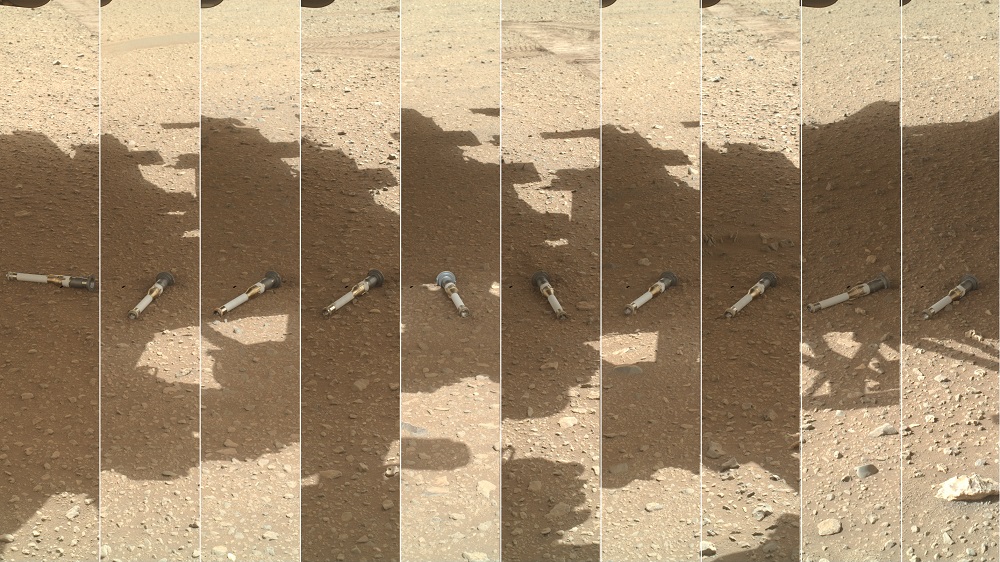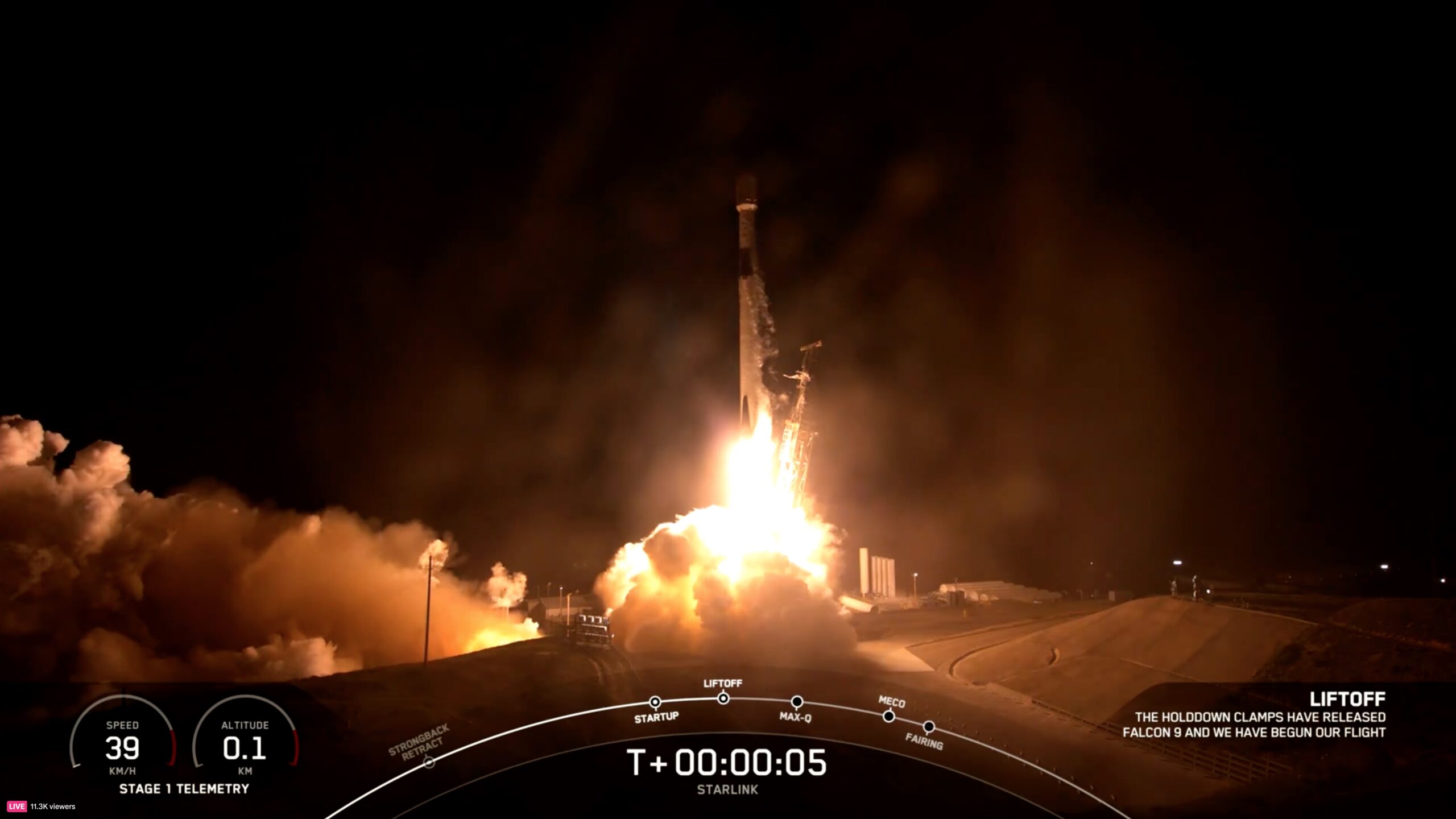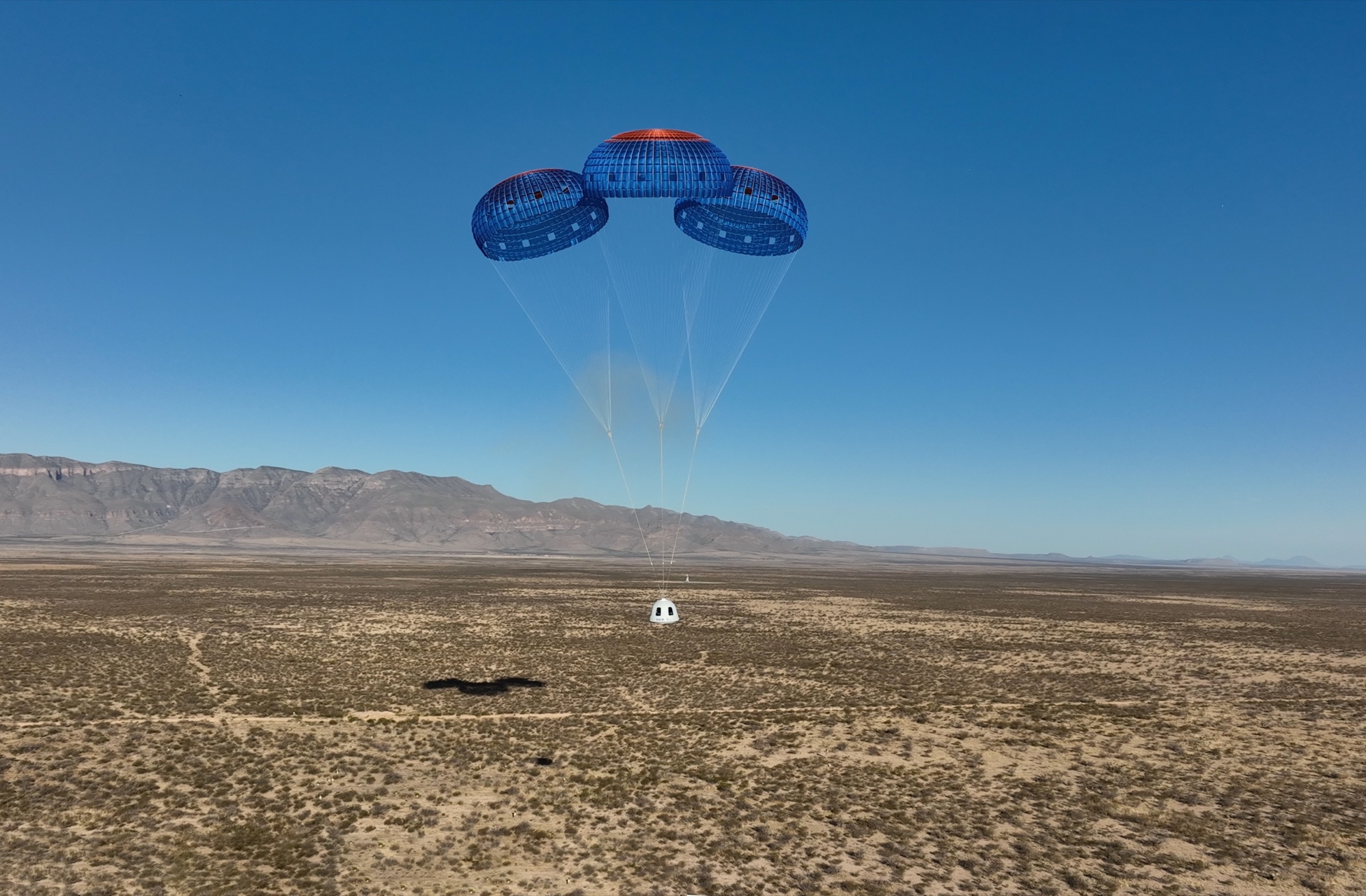WASHINGTON — NASA is willing to consider proposals for revamping its Mars Sample Return program that would return as few as 10 sample tubes, a fraction of the number originally planned.
NASA released a call for proposals April 16 for “Rapid Mission Design Studies for Mars Sample Return,” a day after the agency said it would seek ideas on ways to reduce the cost and shorten the schedule for returning samples. NASA announced April 15 that its current baseline approach would cost up to $11 billion and not return samples until 2040, a schedule and budget agency leadership said were unacceptable.
NASA is seeking proposals for studies of alternative approaches that would allow samples collected by the Perseverance rover to be returned sooner and for less money than the current architecture. Those approaches could use elements of the MSR architecture already being developed as well as elements of the Artemis program, like the Space Launch System, in addition to new capabilities.
The request for proposals sets two requirements for any mission design. One is that the mission must meet planetary protection requirements to prevent contamination of the Earth by Martian samples. The other is that the alternative architectures must return at least 10 samples collected by Perseverance, which can include those on the rover itself or in a cache of 10 sample tubes left by the rover on the surface in the “Three Forks” region in early 2023.
At the April 15 briefing and subsequent town hall meeting to discuss MSR, NASA officials suggested that it would accept proposals that returned less than the 30 samples the current architecture would bring back, but declined to give a specific number because of the impending release of the call for proposals.
That lower limit of 10 samples has privately concerned some scientists, who believe that bringing back that few would significantly reduce the scientific return the mission. That loss of science would not be worthwhile, they argue, unless it also significantly reduced the cost and schedule of the program.
The independent review board, in its assessment of MSR last fall, also called for returning as many samples as possible. “The cache of samples deposited at Three Forks is return worthy but is not an optimal sample set because it does not represent the full diversity of geologic environments along the rover’s traverse that could preserve signs of life,” its report stated. The samples currently on Perseverance “are of very high scientific value – higher than the cache at Three Forks.”
NASA’s response to that independent review concluded that while returning a full set of 30 samples was still desired, “NASA considers the 10 sample tubes deposited at the Three Forks depot to be an available cache for alternatives to the revised architecture and is scientifically worthy of return.”
In the call for proposals, the agency says it wants to return “as many scientifically valuable samples as possible” with a minimum of 10. “Samples currently being carried by the Perseverance rover are considered of greater scientific value than the samples at Three Forks Depot.”
Other metrics NASA will use to evaluate alternative architectures for MSR are returning samples as soon as possible and reducing both the total cost and the peak annual funding. NASA also states that a “less complex mission is desired” but doesn’t elaborate on how it will measure complexity.
Proposals for mission studies are due to NASA May 17, and the agency expects to make “multiple” awards of up to $1.5 million each. Final reports will be due to NASA in October.
NASA plans to use the studies to inform its plans for revamping the MSR program, but it’s unclear what advantages, if any, winners of the study contracts will have in that assessment. NASA officials said at the April 15 briefing that there are no plans to convert MSR into a competed mission like the agency’s Discovery and New Frontiers programs, where NASA solicits proposals for missions led by a principal investigator who has greater control over how the mission is conducted.
“We would not be doing it in the New Frontiers model,” Nicola Fox, NASA’s associate administrator for science, said at the briefing of the revised approach to MSR. “At this point we are looking for different ways to do the architecture. We will evaluate that and then chart a path forward following the receipt of those different studies.”



